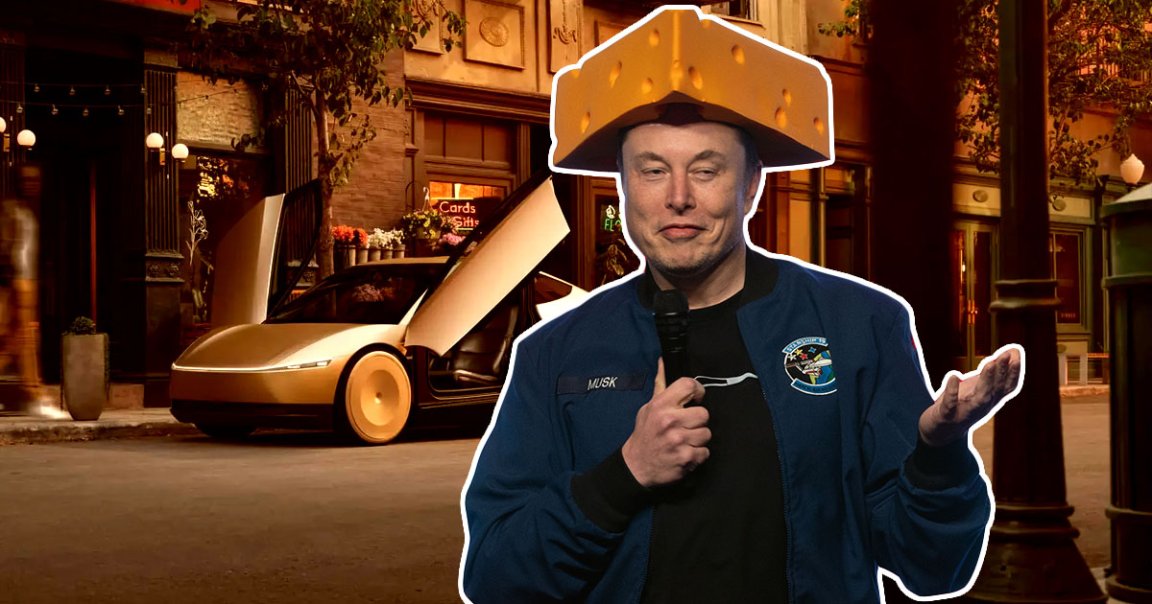
Tesla CEO Elon Musk made sweeping promises during the company’s earnings call on Tuesday, vowing that there would be “thousands” of humanoid Optimus robots roaming Tesla’s factories by the “end of this year” and that it would be “selling fully autonomous rides in June in Austin” in “maybe ten or 20 vehicles on day one.”
“There will be millions of Teslas operating fully autonomously in the second half of next year,” Musk vowed.
While investors were seemingly satisfied simply by having Musk hint at the possibility that he would be spending less time gutting the federal government — shares rose over six percent on Wednesday, despite disastrous earnings — there are plenty of reasons to believe that the billionaire is using smoke and mirrors to distract from far more serious problems.
For over a decade now, Musk has promised each year that full autonomy is right around the corner. But the carmaker still has plenty of nagging obstacles to clear before it can even achieve full autonomy, let alone launch a Waymo-style ride-hailing service at a meaningful scale that could actually compete.
Tesla VP of Autopilot and AI software Ashok Elluswamy also admitted human remote operators will be on call to step in if a “car gets stuck or something.”
“But it’s just because we are a bit conservative and tend towards more safety than even if we get stuck every now and then, we do have remote support,” Elluswamy added. “But it’s not going to be required for safe operation.”
Interventions “are really very rare,” Musk added, claiming that they only happen “every 10,000 miles.”
If that all sounds very vague and mealy-mouthed, you’re right to be suspicious. Musk’s tech demos, particularly around automation, have long faced scrutiny over whether they’re really showing what he claims; for a strikingly similar example to the robotaxis, look no further than a flashy event last year in which Tesla’s Optimus robots were covertly being controlled by human operators.
There’s nothing wrong with having human employees ready to step in for safety purposes, but given Musk’s reputation as an impresario, it’s reasonable to wonder these safety drivers could be covering for the tech not being ready for primetime at launch. If they are intervening frequently to keep the cars safe — remember that the company’s “Full Self-Driving” feature still requires constant supervision — then how does that affect the economics of the taxi service, especially as it scales up to the millions of vehicles Musk is promising?
It’s all especially relevant as experts have raised safety concerns about Tesla’s decision to exclusively rely on cameras while its competitors like Waymo are employing other more precise sensors, like radar and LIDAR.
Tesla’s so-called “Full Self-Driving” and “Autopilot” features have led to countless close calls and collisions, many of which are still being investigated by regulators.
The National Highway Traffic Safety Administration (NHTSA) has been looking into crashes involving the company’s driver assistance software and emergency vehicles specifically for many years now.
In short, there are plenty of reasons to be highly skeptical of Musk’s claims that a large-scale network of autonomous ride-hailing vehicles is less than a year away.
Much is riding on the company’s promises to roll out a robotaxi service, especially as sales continue to tank worldwide in large part thanks to Musk’s problematic behavior.
But now that the Trump administration has been gutting regulatory agencies overseeing driver assistance software — with the help of Musk himself — Tesla may encounter little resistance in rolling out future updates and a fleet of “Cybercab” robotaxis, regardless of its safety record.
More on Tesla: The Timing of Trump’s China Announcement Is Incredibly Convenient for Tesla